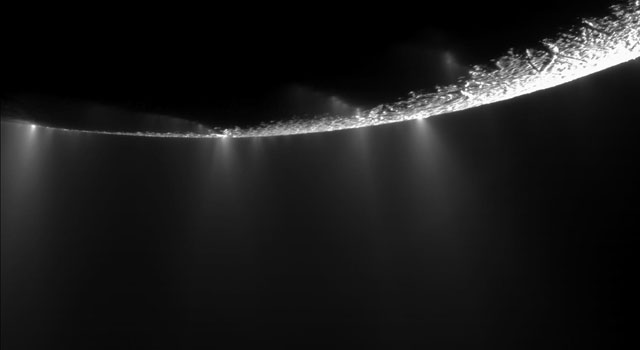
The spring winds gusting across the Southland today almost had me grumbling about wind chill and such—but instead, the wind-pressure at my back suddenly brought a flood of pleasant recollections of my sail-skating days as a college student.
The University of Wisconsin at Madison, where I was attending the fall-winter term, is built on the shore of beautiful Lake Mendota—which froze deeply and as smooth as glass that year. Having discovered the pleasure of going skating on the lake at night after studying, I built myself a makeshift sail from two broomsticks and a bedsheet, and soon I had learned how to not only sail downwind on my skates but also to tack crosswind and into the wind like a seasoned sailor, reaching crosswind speeds of at least 20 mph in a 10-mph breeze and going miles out to explore the lake under the stars. It gave me an early taste for adventure, and a love for the wind.
It’s a long way from my broomstick-and-bedsheet sail to a solar-sail-propelled space mission, but the principle is more or less the same—using a natural power source to push against a sail, instead of burning fossil fuel. In the case of a spacecraft soon to be launched by the Japanese Space Agency JAXA, that power source—sunlight—will be used both for propulsion and electric power.
A solar sail uses sunlight for propulsion by the pressure of photons against a large plastic membrane; while a solar “power” sail gets electricity from thin film solar cells on the membrane in addition to acceleration by solar radiation. What’s more, if the craft’s ion-propulsion engines are driven by such solar cells, they become “hybrid” engines that combine with photon acceleration to realize fuel-effective and flexible missions.
The project name for this mission is IKAROS (Interplanetary Kite-craft Accelerated by Radiation Of the Sun). The craft will be launched together with Japan’s Venus Climate Orbiter, AKATSUKI (PLANET-C), using their H-IIA launch vehicle. This will be the world’s first solar-powered sail craft employing both photon propulsion and thin-film solar-power generation during its interplanetary cruise.
MEANWHILE, CLOSER TO HOME, The Pasadena-based Planetary Society is preparing to launch its own solar sail mission. Its LightSail-1 spacecraft, scheduled for launch near the end of this year, will be propelled (after it is placed in orbit by a conventional launch vehicle) only by photon pressure from sunlight, using a kite-shaped sail, 32 square meters in size. Although the acceleration would be low, it would be constant and over time the craft would reach high speeds. The estimated cost of LightSail-1 is $1.8 million, being raised from private sources. It is being built in San Luis Obispo by Stellar Exploration Inc.
ULTIMATELY, SETTING SAIL BY PHOTON PROPULSION may be the way in which we humans first reach the stars. Accelerating constantly and spiraling gradually outward from the Sun (and perhaps assisted by the push of a powerful Earth-based laser beam), a solar-sail craft might eventually reach speeds that could carry it—perhaps in a single lifetime—the 26 trillion miles to our nearest star, Alpha Centauri.
For an artist’s conception of the Japanese IKAROS hybrid solar-powered craft in space, see: http://www.jspec.jaxa.jp/e/activity/images/ikaros/pic_10_l.jpg
You can contact Bob Eklund at [email protected], or visit his website at www.bobeklund.com.





Be the first to comment